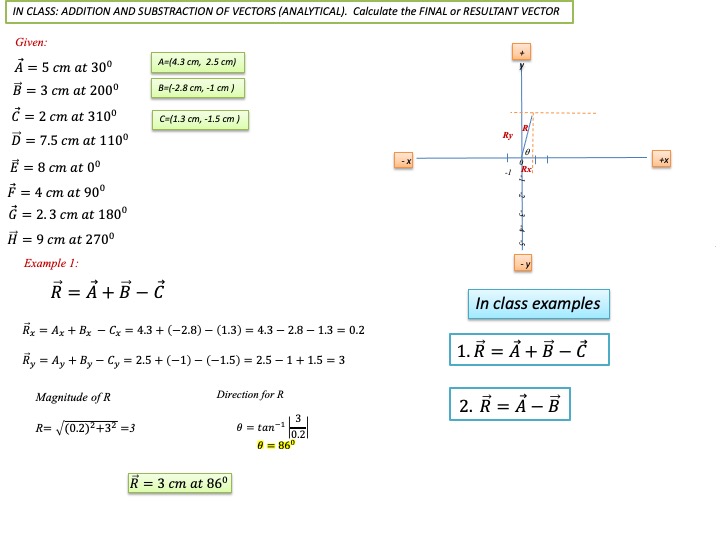Answered step by step
Verified Expert Solution
Question
1 Approved Answer
Given: vec ( A ) = 5 c m a t 3 0 , A = ( 4 . 3 c m , 2 .
Given:
vec
vec
vec
vec
vec
vec
vec
vec
Example :
vecvecvecvec
vec
vec
vecvecvecvec
Magnitude of
Direction for

Step by Step Solution
There are 3 Steps involved in it
Step: 1

Get Instant Access to Expert-Tailored Solutions
See step-by-step solutions with expert insights and AI powered tools for academic success
Step: 2

Step: 3

Ace Your Homework with AI
Get the answers you need in no time with our AI-driven, step-by-step assistance
Get Started


